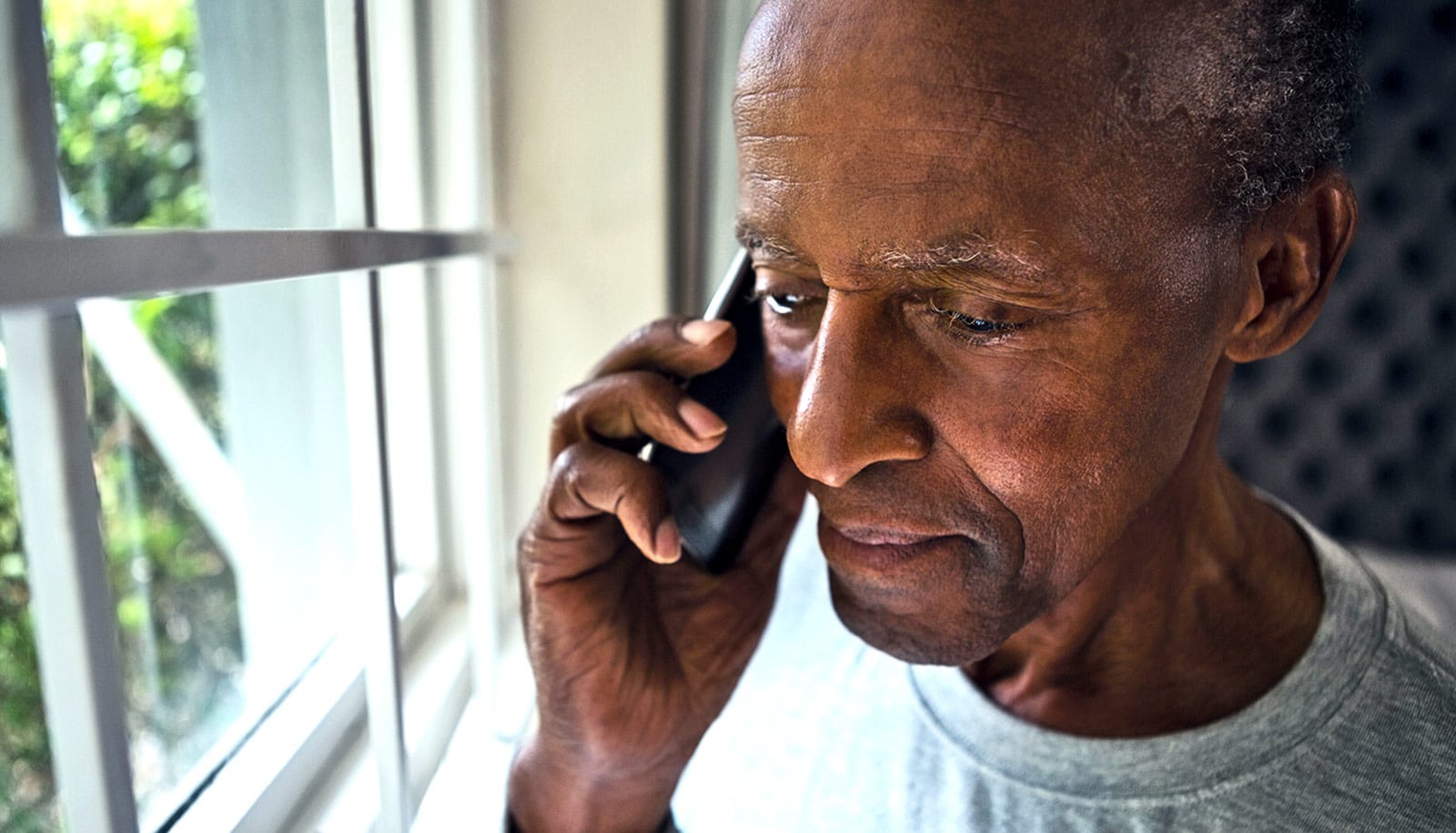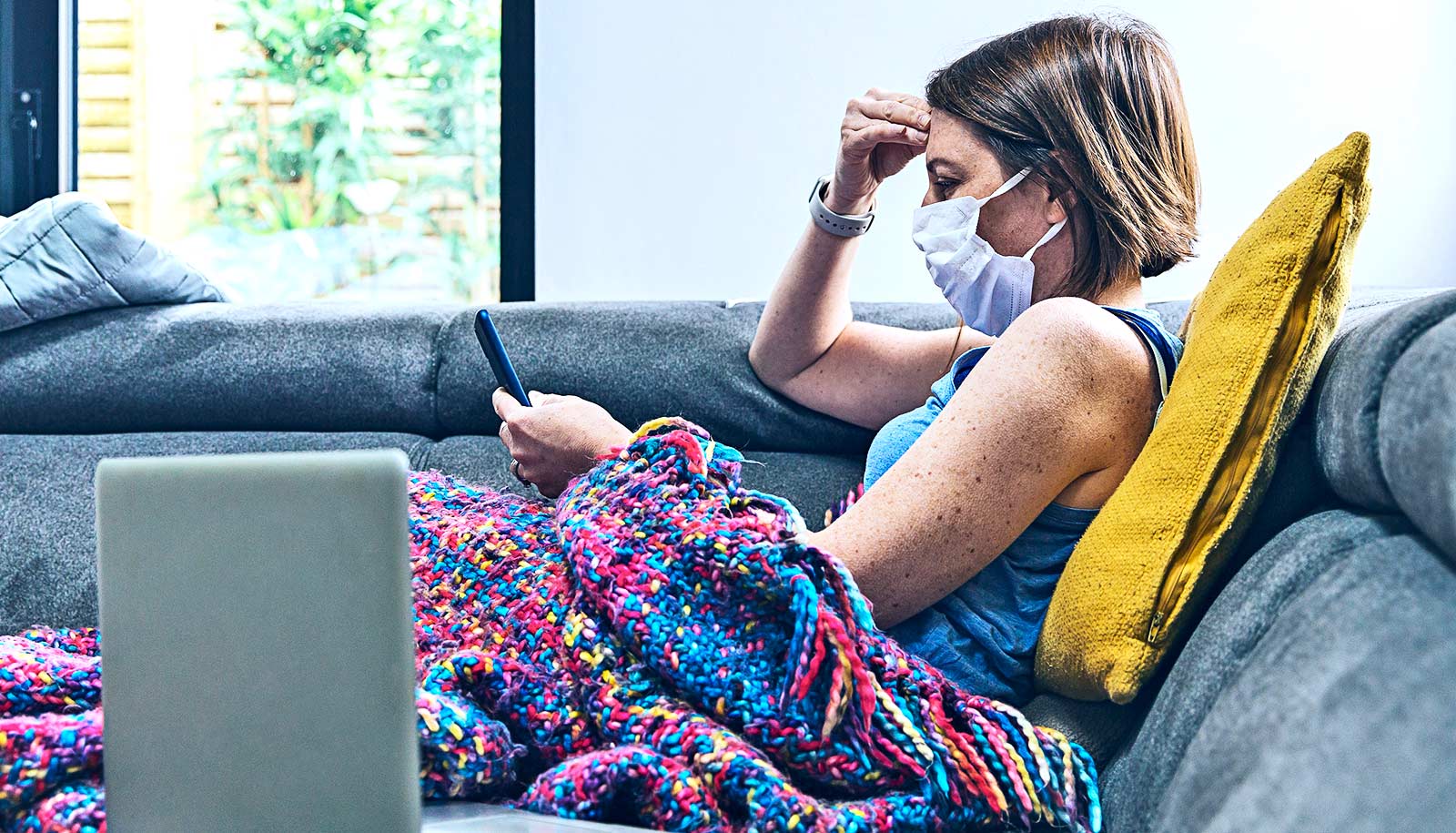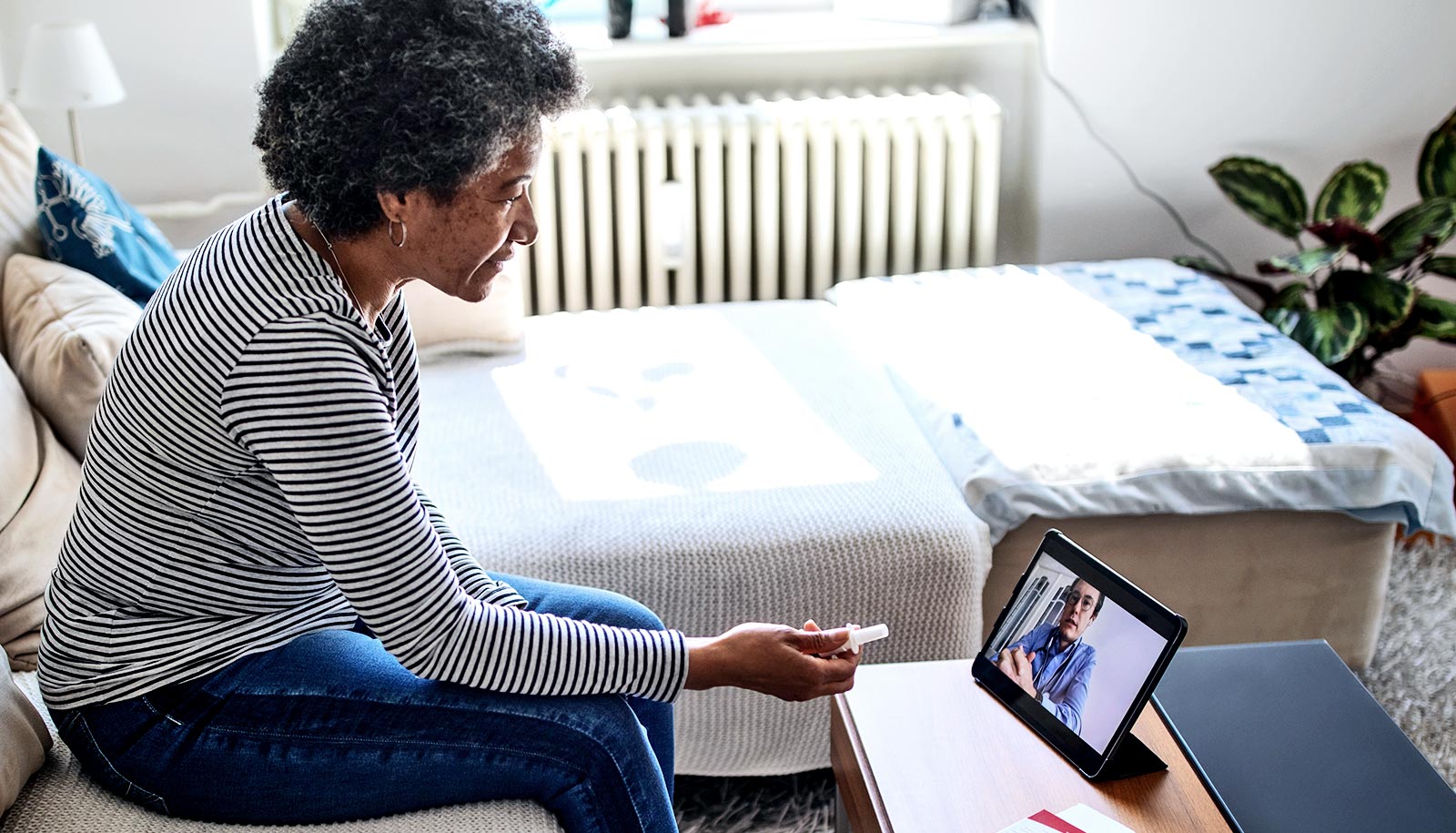A new study documents the success of a home-based health monitoring program helping to track the progress of COVID-19 patients who test positive for the virus but aren’t sick enough to be hospitalized.
While high-tech remote monitoring may be the wave of the future, the new research suggests that providing patients the option to interact through traditional phone calls may still be necessary to ensure home monitoring programs are accessible to community residents who need them most.
“The home monitoring program has become an incredibly important tool for helping the hospital system respond to the pandemic, including the current surge in cases we’re now experiencing,” says senior author Thomas M. Maddox, professor of medicine at the School of Medicine at Washington University in St. Louis and vice president of digital products and innovation at BJC HealthCare.
Maddox, a cardiologist, also leads the Healthcare Innovation Lab, a joint program between the medical school and the health system.
The program was designed to meet the COVID-19 monitoring preferences of patients from across the St. Louis community and thus avoid the “digital divide” that sometimes plagues electronic health efforts, Maddox says.
“Our study found that both the app-based and phone-based monitoring programs were effective, but that the phone-based program was more attractive and useful to patients of color and patients living in under-resourced neighborhoods.” he says.
Home monitoring best for some patients
The home monitoring program, launched in April 2020 for patients of Washington University and BJC HealthCare, was designed to help medical professionals identify signs of worsening COVID-19 illness early so they could intervene effectively and, ideally, keep patients out of the hospital.
More than 22,000 COVID-19 patients have been monitored through the program since its inception, and enrollment is now booming as the Omicron variant pushes infection rates to record levels, overwhelming area hospitals.
Many people said they were scared and isolated, and simply wanted to talk to someone.
The new research in the Journal of General Internal Medicine tracks the experiences of more than 16,000 BJC and Washington University patients who tested positive for COVID-19 at the beginning of the pandemic, from April 2020 through December 2020.
The study compares the COVID-19 experiences of about 7,600 patients who enrolled in the monitoring program to a control group of about 9,700 patients who were not enrolled and had similar health issues and demographic backgrounds, including factors such as race, age, sex, and the socioeconomic status of their home neighborhoods.
Those in the program had the option of receiving daily home monitoring through phone calls or by using the smartphone app. Every morning, each patient received either a phone call or a ping from the app with a series of questions such as: What is your temperature? How is your cough? Do you have any shortness of breath? How is your appetite?
“The home monitoring program allowed us to identify patients who really needed help right away,” Maddox says. “Without access to home monitoring, some of these patients may not have made it to the emergency room until they were a lot sicker, and more of them might have needed to be hospitalized.”
Friendly phone calls offer reassurance
Black enrollees selected phone-based monitoring more often than the smartphone app, and Black patients using the phone option dropped out of the program less often than those using the app. Similar findings held true for older patients and those from under-resourced neighborhoods.
While the phone option ensured that people who did not have a smartphone were not shut out of the program, the researchers discovered that even patients with better digital access sometimes preferred phone calls. Many said they were scared and isolated, and simply wanted to talk to someone.
A friendly phone call may provide enough reassurance to prevent some relatively well COVID-19 patients from making an unnecessary trip to an overcrowded emergency room, the researchers note.
The home monitoring study is part of a larger effort to improve health-care delivery that Maddox leads through the Healthcare Innovation Lab, a partnership between the School of Medicine and BJC launched in 2017 with the goal of catalyzing care delivery innovations to improve the health of patients and communities.
Bradley Fritz, an instructor in anesthesiology and a recent clinical fellow in the Innovation Lab, is the study’s lead author.
“The key lesson we learned is that a one-size-fits-all approach may not be the best approach if we want to reach the entire community,” he says.
“That philosophy needs to remain at the forefront not only during the COVID-19 pandemic, but also as we develop remote monitoring programs for other common health conditions like heart failure in the future.”
BJC HealthCare and Washington University School of Medicine supported the work.



